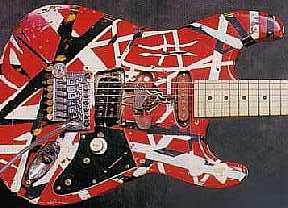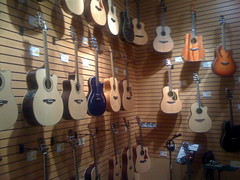 Image via WikipediaSolsbury Hill
Image via WikipediaSolsbury Hillby
Peter Gabriel
From Song Facts:
Most of Gabriel's songs have lyrics made up of various images that come to him, put this was a rare autobiographical song, dealing with his break as lead singer of the band Genesis and anticipation of his new challenge as a solo artist.
This was Gabriel's first single as a solo artist. It was a big deal for him, since the song proved that he could write and perform a hit on his own with a song that was meaningful to him. He remarked in interviews at the time that he was especially pleased with the song and surprised that it was a single, since at one point he was going to leave it off the album.
Solsbury Hill is located near Bath, England, where Gabriel would often walk or jog. According to legend, a temple was built there to honor Apollo, god of light, music, and poetry. Solsbury Hill was the focus of a long and bitter dispute in the 1990s between environmentalists and government concerning the construction of a 4 lane road which cuts deeply into the side of the hill. (thanks, Tim - Bath, England)
Link: http://www.songfacts.com/detail.php?id=393
Lyrics:
Climbing up on Solsbury Hill
I could see the city light
Wind was blowing, time stood
still Eagle flew out of the night
He was something to observe
Came in close, I heard a voice
Standing stretching every nerve
Had to listen had no choice
I did not believe the information
[I] just had to trust imagination
My heart going boom boom boom "Son," he said "Grab your things, I've come to take you home."
To keepin' silence I resigned
My friends would think I was a nut
Turning water into wine
Open doors would soon be shut
So I went from day to day
Tho' my life was in a rut
"Till I thought of what I'd say
Which connection I should cut
I was feeling part of the scenery
I walked right out of the machinery
My heart going boom boom boom "Hey" he said "Grab your things I've come to take you home."
When illusion spin her net
I'm never where I want to be
And liberty she pirouette
When I think that I am free
Watched by empty silhouettes
Who close their eyes but still can see
No one taught them etiquette
I will show another me
Today I don't need a replacement
I'll tell them what the smile on my face meant
My heart going boom boom boom "Hey" I said "You can keep my things, they've come to take me home."

























